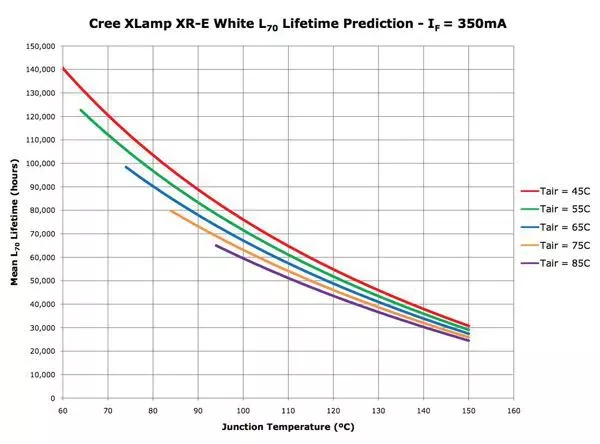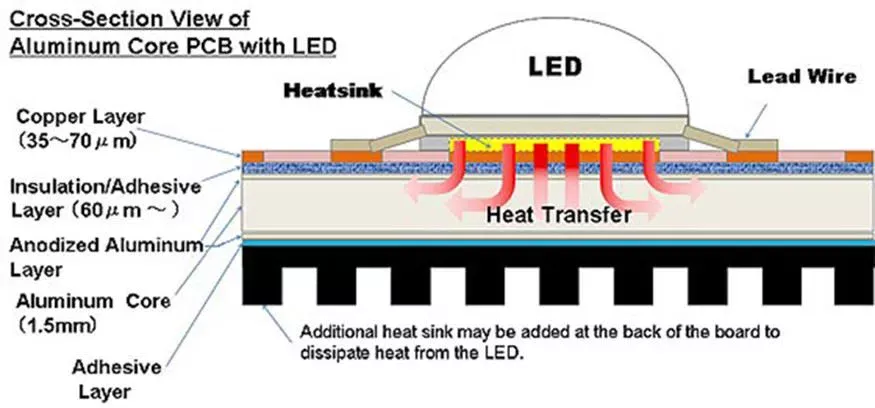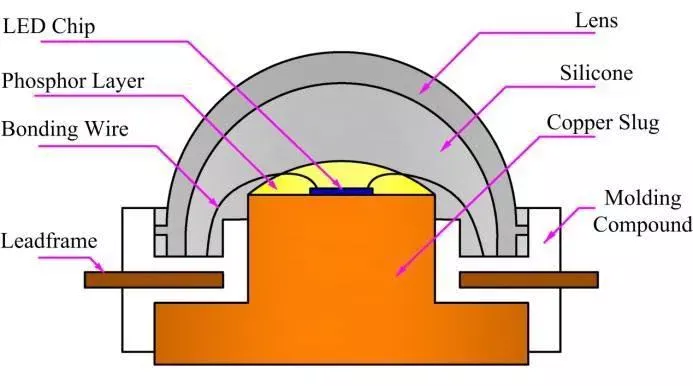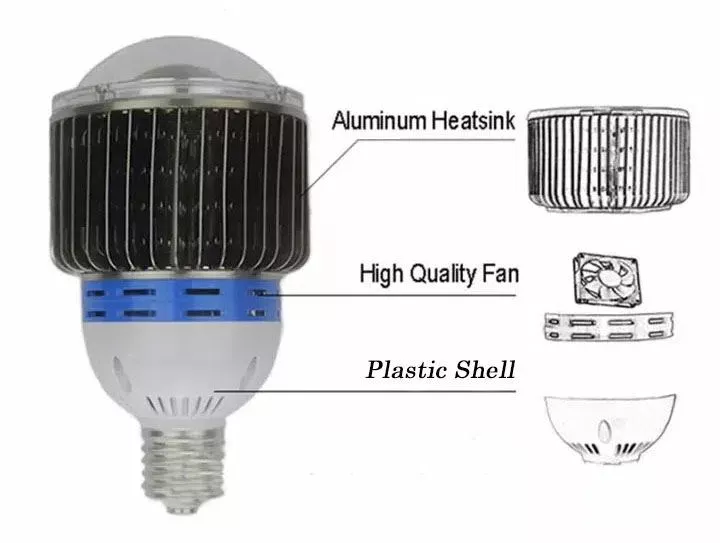Failures and Solutions of Solar Street Light, Solar Streetlight Common Fault
1989Failures and solutions of solar street lights
View detailsIn recent years, LED technology has been hailed as the next generation of lighting technology. With the increase of LED power, cooling issues have attracted more and more attention. Researchers have observed that the light drop or lifetime of an LED is directly related to its temperature, so if the heat is not smooth and the temperature is high, the lifetime will be short. Therefore, solving the heat dissipation problem of LED lights has become a major issue.
Overview:
Why LED will produce heat?
How to cool LED light?
1. Led chip packaging heat dissipation
2. LED light heat dissipation
1) Aluminum profile
2) Thermally conductive plastic shell
3) Cooling Fan

Many people know that LED lights have high luminous efficiency and energy saving, but they don’t know that the conversion efficiency of LED lights into light energy is only 10%-20%. That is to say, a 10w led light is only 1-2w. Electricity is used to emit visible light, and the remaining 8-9w of electricity is used to generate heat.
However, it can reach 10%-20% efficiency, which is already very good, because almost 10%-20% of the converted electric energy is used to emit visible light, and there is very little other infrared and ultraviolet light, compared with traditional white woven lamps and fluorescent lamps. Generally speaking, there are still great advantages. For traditional incandescent lamps, most of the energy is directly converted into infrared emission, so the heat is very low.

The heat dissipation of the Led mainly starts from the heat dissipation of the Led chip before the packaging and the heat dissipation of the Led light. So below, we will introduce how to dissipate heat from LED lights from two aspects: LED chip packaging and LED light.

1. Led chip packaging heat dissipation:
The calorific value of high-power LEDs is dozens of times that of low-power LEDs. Therefore, as the temperature rises, the luminous power decreases. Perhaps the LEDs below 20-30lm/W do not have these problems, but When faced with high luminous power LEDs above 60lm/w, you have to find a solution, because the impact of thermal effects will definitely not only be the LED itself but will bring about the overall application product into trouble.
Because the current used increases, the disadvantage is whether the packaging material can withstand the heat generated by the current for such a long time, and because of such continuous use, the thermal resistance of the packaging material tends to decrease, so choose Good packaging materials are particularly important. Click here to learn about the top 10 global LED chip brands.
2. LED light heat dissipation:
The cooling method of the LED lamp housing depends on the power size and the location of use, which can be solved by physical means in the later stage. The picture on the left is a UVA LED bulb customized by Green Tech Lighting for a British customer, which combines 3 common heat dissipation methods as follows:
1) Aluminum profile heat sink: The most commonly used thermal method uses aluminum profiles as part of the shell to increase the cooling area.
LED Streetlight, Solar Street Light, High Mast Light, LED Flood Light all are with aluminum profile heat dissipation.
2) Thermally conductive plastic shell: The plastic shell is filled with thermally conductive material during injection molding to improve the thermal conductivity and heat dissipation capacity of the plastic shell.
3) Cooling fan: Inside the lamp, housing is a high-efficiency fan with a long service life, which can enhance cooling, with low cost and good effect. However, changing the fan is troublesome and is not suitable for outdoor use. This design is relatively rare.
In addition to the above three common heat dissipation methods, Heat exchanger, Surface radiation heat dissipation treatment are not bad for heat dissipation.

Failures and solutions of solar street lights
View detailsLED Light Fixture heat dissipation, LED Street Light heatsink
View detailsHow do you calculate battery and solar panel size of solar street light? How do you calculate battery and solar panel size of solar street light?
View detailsPWM vs. MPPT Solar Charging Controller for Solar Streetlight
View details
HelloPlease log in